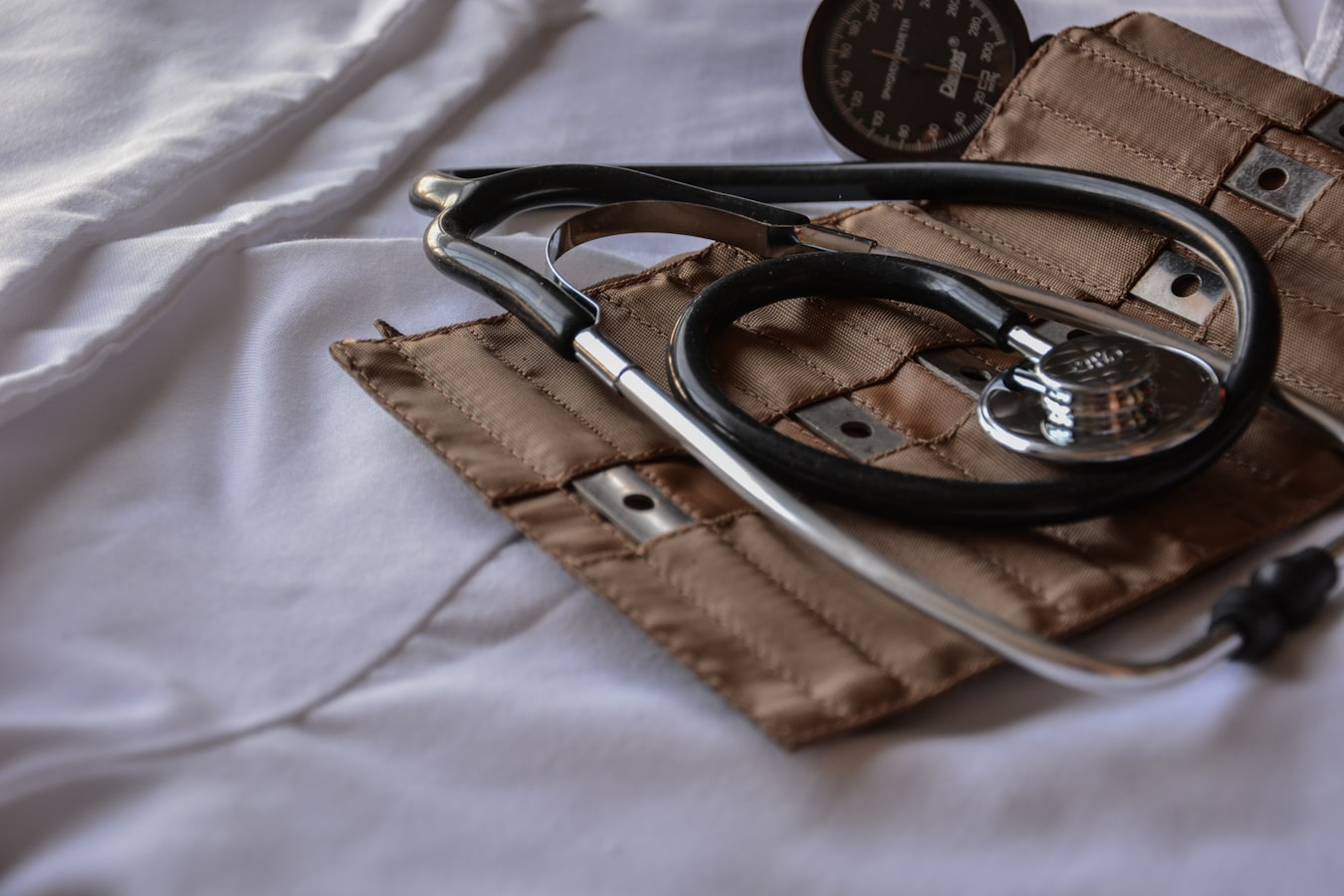An artificial womb to enhance the chances for survival and quality of life of extremely premature babies by mimicking the conditions of a real womb. Whereas a year ago during the Dutch Design Week there was only an initial design, in the next years the focus will be on working towards the first (pre)clinical tests. Researchers Prof. Frans van de Vosse and Prof. Guid Oei of TU/e and MMC are the initiators of this research.
Because the lungs of extremely premature babies are not yet sufficiently developed, the artificial womb will eventually have to replace the incubator and artificial ventilation. This is much more natural, because this technique approaches the conditions of a real womb much more closely. “Using this artificial womb, we want to help extremely premature babies through the critical period of 24 to 28 weeks,” says Guid Oei, gynecologist working at MMC and part-time professor at TU/e.
The chances of survival of these babies are small; about half die at 24 weeks of pregnancy. And the surviving babies often have life-long problems with chronic conditions such as brain damage, impaired lung function and/or retina problems with possible blindness as a result. “With each day that the growth of a 24-week fetus in an artificial womb is prolonged, the chance of survival without complications increases. If we can extend the fetal growth of these children in the artificial womb to 28 weeks, the risk of premature death is three times as low,” says Oei.
Testing with computer models
Frans van de Vosse, Professor of Cardiovascular Biomechanics at the Department of Biomedical Engineering at TU/e: “The artificial womb is filled with fluid just like the natural womb. The exchange of oxygen and nutrients takes place via the umbilical cord, which is connected to an artificial placenta. The baby’s condition is continuously monitored. Such as heart rate and oxygen supply but also brain and muscle activity. We use advanced computer models that simulate the baby’s condition and the outcome of interventions that can be performed via the artificial womb. In this way, the computer simulations form a decision support system that can be used to support the doctor to make very quick decisions about the settings of the artificial womb.”
To test the artificial womb before it is used in clinical tests, TU/e researchers Prof. Loe Feijs and Frank Delbressine are developing a lifelike dummy, or so-called simulation manikin that mimics a premature fetus in an Intensive Care environment.
Eight years to first human test
“Over the next eight years, we’re going to develop these technologies, and come up with the first prototypes of the artificial womb. Once these have been carefully tested, we want to help the first extremely premature baby in our artificial mother in eight years’ time in the first clinical tests. That’s quite the challenge,” says Oei.
But in developing the technique of the artificial womb alone, the research team is not yet finished. In order to be able to use this new technology in birth care, many questions still need to be answered. What is the optimal birth procedure for the baby into the artificial womb? And what does the birth from the artificial womb look like? The team will study these dilemmas using simulation manikins of the baby, simulation models of the artificial womb and simulation models of mother and child.
Ethics and public debate
Another important part of the research concerns the many ethical dilemmas, legal issues and public debate about, among other things, the desirability of an artificial womb, the bond between mother and child and the step from prototype to human testing. During the complete development of the artificial womb and the related procedures, collaboration will therefore take place with ethicists and lawyers, but also with discussion groups including midwives. Together, this team of specialists will come up with the best design of the artificial womb, the most ideal research procedure and a transparent working method.
Europe-wide cooperation
The partners working together in this research are experts in all areas necessary for the development of the artificial womb. Through sharing experience and joining forces, the artificial womb will be realized quickly.
TU/e and MMC are initiators of a European consortium and are working together with the Dutch university medical centers Amsterdam UMC, Radboud UMC, Erasmus MC, Leiden UMC, UMC Groningen, Maastricht UMC+, UMC Utrecht and Universitätsklinikum Aachen, with the universities UTwente, TU Delft and Politecnico di Milano, with the companies Medsim, LifeTec Group BV, Nemo Healthcare, MSB de Medici, Demcon Advanced Mechatronics Best BV and ANSYS, Inc. – USA, and with the organizations Vereniging van Ouders van Couveusekinderen (association for parents of premature babies), Centre for Social Ethics and Policy (Univ. Manchester, UK) and the BOM (Brabant Development Agency).








